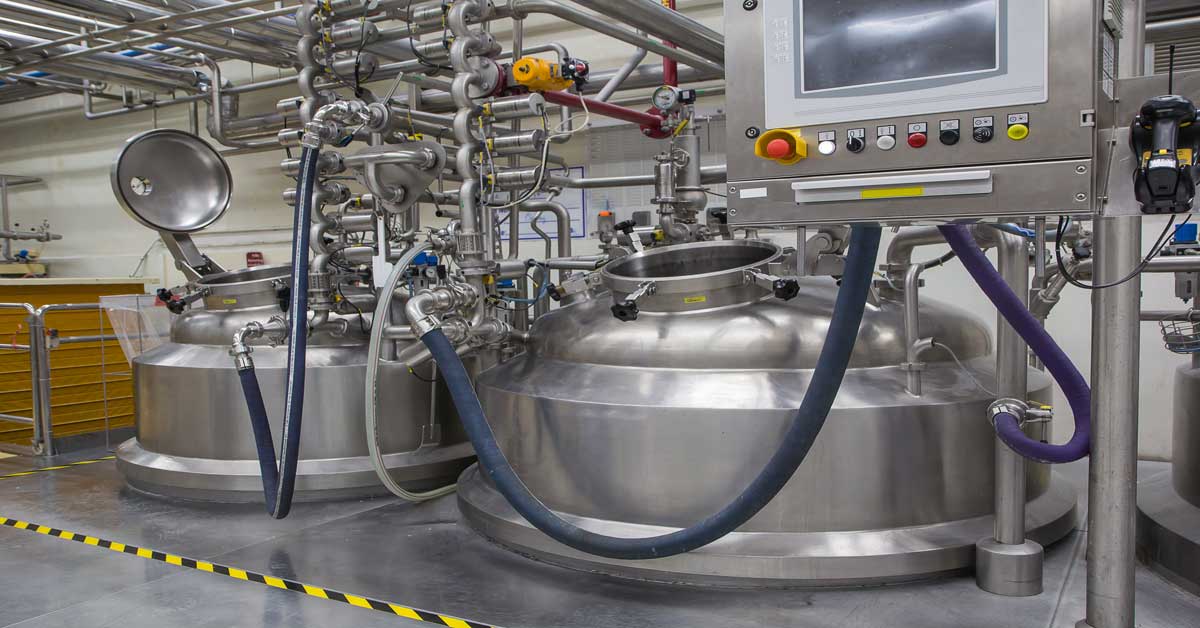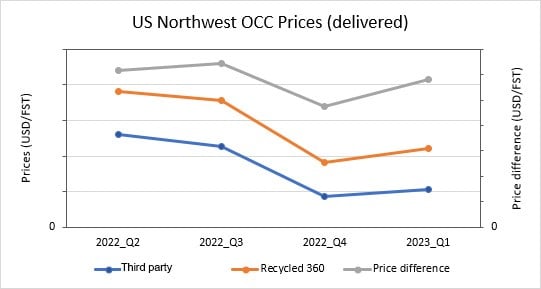Within the pulp and paper industry, there are either mills that grow their own forests to produce pulp or mills that buy the wood from the market. In FisherSolve, users can evaluate both scenarios.
Based on FisherSolve data, mills in Latin America and Africa tend to take the approach of growing their own forests as opposed to purchasing the wood needed. Does this approach leverage these mills to a better position within the industry?
Advantages to Growing Your Own Forests
Growing their own forests provides mills with a secure, high-quality source of wood while also offering environmental, economic, and social benefits. Establishing and managing plantations of trees allow mills to contribute to environmental conservation by following responsible forestry practices. These include reforestation, soil conservation, and biodiversity preservation. Growing their own forests also helps in carbon sequestration within a company – which aids in mitigating climate change and protecting water sources.
Growing forests can also be cost-effective for mills in the long run. Mills can reduce their dependence on third-party suppliers. Such a move would minimize the risks of price fluctuations in the market due to potential supply chain disruptions.
As many of the forests in South America are plantations, investments in tree genetic development and productivity are commonly implemented. These investments improve both finished product properties and production costs. Those programs, despite their long-term implementation, can be seen as an advantage over natural forests grown in North America and Europe.
Disadvantages of Managing Forestry Plantations
As usual, where there are advantages, there are also some disadvantages. Establishing and managing a forest is both capital and time intensive. Mills that own forests in addition to their paper-making business have to support and focus on two entirely separate major businesses.
In the past, several mills within North America and Europe used to grow their own forests. However, as they began to understand the time, energy, and resources it took, many enterprises decided to separate their forests from their pulp and paper businesses. Their aim in doing so was to focus on their core businesses.
Investment in growing forests also requires specialized knowledge and expertise in silviculture, forest health, and sustainable practices. This means mills may need to invest in hiring forestry professionals to ensure optimal forest growth and health.
While these are all factors that mills can somewhat easily adjust to, there are other elements that are totally out of their hands – such as environmental aspects. Forests can become vulnerable to various environmental factors such as pests, diseases, storms, climate change, and – what we’ve been seeing a lot of recently – wildfires. These occurrences can lead to losses in terms of tree mortality, reduced wood quality, and disrupted supply chains.
Mills Currently Growing Their Own Forests
Some examples of companies that grow their own forests include:
- UPM’s nearly one million hectares of privately owned forests. These forests supply 26.0 million m3 / y of wood to UPM mills located in Austria, Estonia, Finland, Germany, Russia, Uruguay, and the US.
- APRIL Group’s 480,000 hectares plantation on the Indonesian island of Sumatra. APRIL Group has worked towards creating an entirely plantation-grown supply of wood for its nearby pulp and paper mill. It’s located in an area that averages rainfall of 2,500 milliliters. With the plantation being highly dependent on rainwater, this is critical and allows the company to remain efficient.
- Suzano’s eucalyptus plantation in Brazil. Suzano's plantation is one of the largest privately-owned conservation areas in Brazil. Suzano uses its grown eucalyptus wood for a number of uses besides pulp, including lignin, which can replace fossil materials and biofuels. The South American company continues to research other ways in which they can use eucalyptus to produce more sustainable alternatives in various segments.
How FisherSolve Can Help
Benchmarking the benefits of forest management in the pulp and paper industry poses an immense challenge. It’s a huge undertaking that requires an in-depth analysis of various factors.
Where should you start?
FisherSolve can provide you with the answers you need for evaluation and future decision-making. Our proprietary database can help producers in the pulp and paper space determine if you would be more competitive on the industrial asset side or when the forestry and pulp and paper business are included.
Our Benchmark Costs module, with different options on wood pricing (Total Mill – Wood at Market Price and Total Mill – Wood at Transfer), delivers estimated paper costs. It provides insight into the competitive advantages possessed by mills that own their own forests versus mills that are purchasing wood on the market. Those advantages can be seen at the machine, mill, and even company level.
FisherSolve’s reliable data allows you to make high-stake business decisions with the utmost confidence. With insight into current market trends, pricing data, and benchmark costs, you’ll have all the information needed right at your fingertips.
Learn how we can help your business make better decisions.










